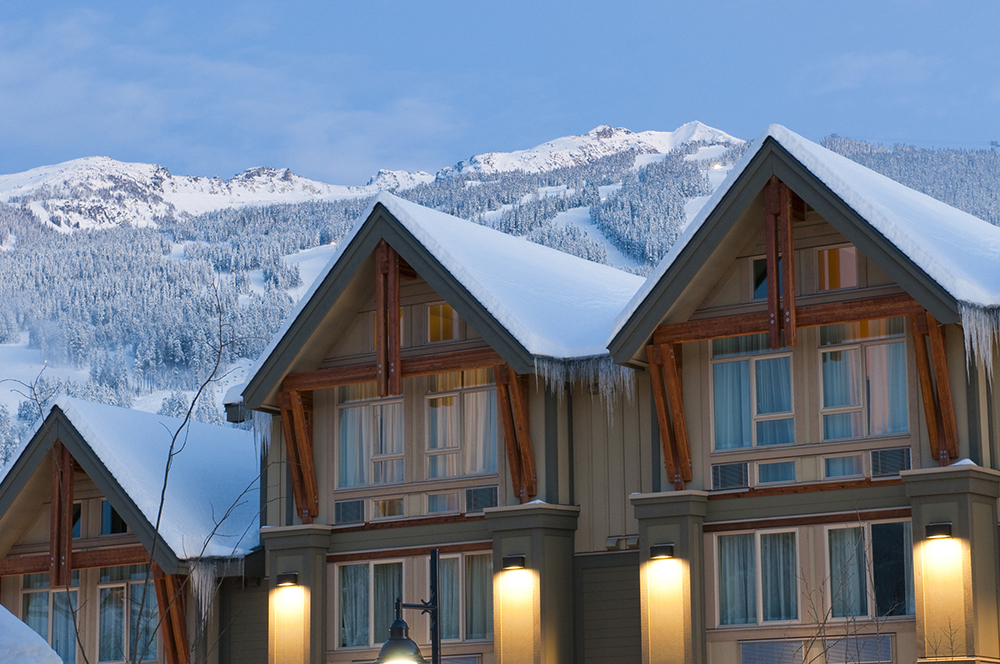
The winter months are upon us and homeowners already know that a drop in temperature is always accompanied by an increase in energy cost. Most have probably seen the difference in their heating and electricity expenses already as the average homeowner will experience a 35% increase in energy costs during winter months. However, by making some small changes, you can look to cut that amount in half. While increasing energy use in the winter is practically inevitable, the below home energy-saving tips can help you get more bang for your buck.
Adjust Your Thermostat at Night
You may have heard this tip before, but it’s so important and such a big energy saver that it bears repeating. Turn down your thermostat before you leave your home or go to bed at night. You can cut a significant chunk of your energy costs, about 10% per year according to the US Department of Energy, by turning down your thermostat by 10-15 degrees every night. With savings like that, you can afford to buy another blanket for those extra cold nights.
Check Your Furnace and Vents
Make sure to check your furnace filter at the beginning of the season, and continue to check it frequently throughout the winter months. Replacing the filter often will ensure that your furnace is operating as efficiently as possible, saving you money along the way. Additionally, you’ll want to check your vents to confirm that they are clear and unblocked, as well as seal up any vents to rooms that you rarely use. If you’re uncomfortable performing these tasks yourself, it’s recommended that you schedule a time at the beginning of the season to have a professional come out and take a look at your heating system to make sure it’s working effectively after a long summer of not being used.
Utilize Your Ceiling Fans
Did you know that ceiling fans can not only cool your home down in the summer, but they can also help you control the air flow throughout your home in the winter? When you set your ceiling fan to run counter-clockwise, it pushes the hot air up, which comes in handy during the summer. Alternatively, running your fan clockwise will trap heat within the room, keeping it warmer in those colder months.
Decorate with LED Lights
LED holiday lights use 75% less energy and last 25% times longer than incandescent lighting, so not only will they save you money on your energy bill, they can also help you cut down on your “holiday lights” budget. Even looking beyond the benefit to your electricity bill, LED lights are the safer choice: they don’t emit as much heat as other lights and are more resistant to breakage, lessening fire risk. You should also consider unplugging your lights before going to bed or leaving the house, as they will continue to draw power, and cost you money, even while not in use.
Use the Sun to Your Advantage
My father was very strict about electricity use growing up. He would always walk into my room, turn off the light, throw open the curtains, and say, “Use natural light, it’s free.” As it turns out, it was a good habit to learn once I started paying my own bills. During the day, opening the curtains to your south-facing windows will allow the sun’s natural (and free) heat to filter in. However, make sure you remember to close your curtains once the sun goes down to prevent the chill from the windows from leaking in.
Find and Seal Leaks
Identify the leaky doors and windows in your home and add caulk or weather strips to seal off the warm air from leaking out and the cold air from leaking in. Inspect your home for leaks using a visual inspection or by hiring a professional to perform an energy audit on your home.
Sure Up Your Fireplace
Remember to keep your fireplace damper closed when it isn’t in use. Leaving your damper open is essentially like having a large open window in your home that allows all the warm air to leave through the chimney. If you never use your fireplace, you might consider permanently sealing it up. You could also add caulking around your fireplace hearth to prevent cold air from entering your home from small, almost unidentifiable, gaps.
You’ll feel much more comfortable in your home when you’re warm and you know you’re saving money. By following these energy-saving tips, you can ensure that comfort won’t break the bank during the winter months. Check out our other blogs for more homeowner tips, like The Homeowners Checklist to a Safe Winter, or click here if you’re interested in speaking with one of our loan officers about home improvement mortgages.
